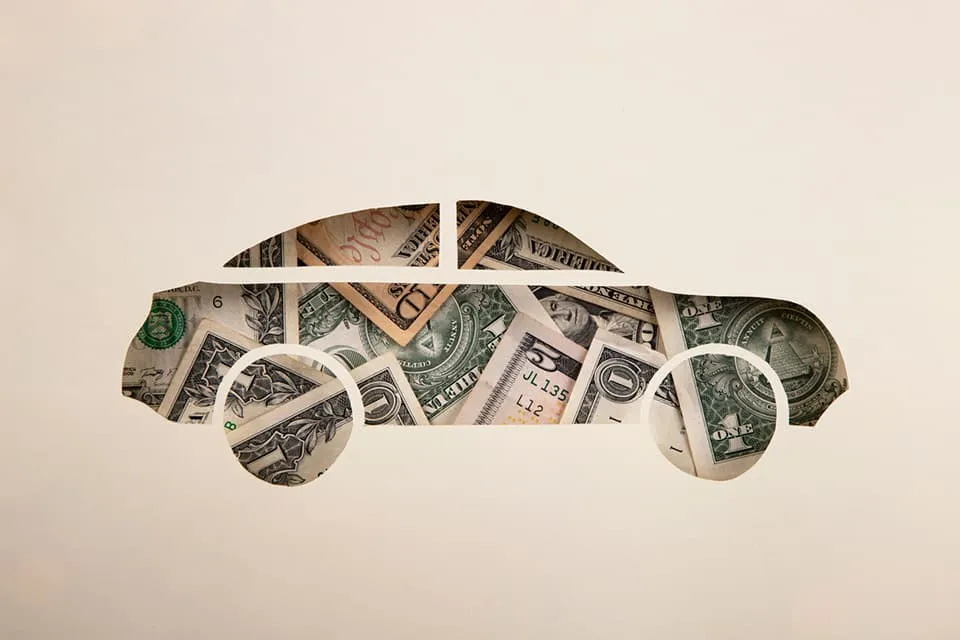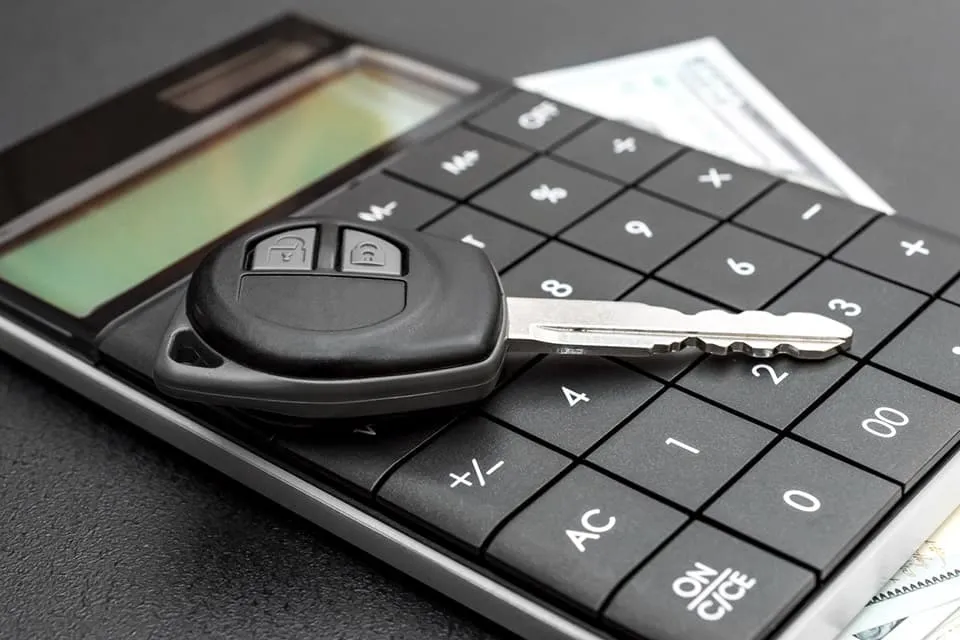What Is the Actual Cash Value of My Car And How Does It Work?

Many factors influence the actual cash value of a car, and some aspects of it could be subjective, dependent upon the judgment of the estimator. Actual cash value is important to any owner who may want to sell or trade-in a vehicle, so it’s key to knowing how long to hold onto a car before it hits the tipping point and loses value.
Knowing your vehicle’s actual cash value may also play into negotiations with your insurance company if it is damaged or totaled in an accident. You may be able to negotiate a higher payout if you can prove that an estimator lowballed the vehicle’s value. Some of the factors of actual cash value include:
- Age of the car
- Make and model
- Condition (both mechanical and cosmetic)
- Mileage
- Market demand and supply
Note that a particularly poor score on one of those items may contribute significantly to a low valuation, even if others are judged to be above average.
Factors that Influence the Condition of a Car
An estimator assesses the value of a car based on specific criteria within categories of condition, such as:
- Age: Cars depreciate quickly, as much as 20 percent in the first two years. Some brands and models depreciate more quickly than others. This is a strong factor in resale value.
- Make and model: If the vehicle is an expensive, sought-after brand, it will always be more valuable than an economy car. Luxury components are also factored in.
- Condition: If the vehicle looks pristine as if it just drove off the dealer’s lot, it will score far higher than one with torn upholstery, chips in the paint, and dents in exterior panels. An estimator uses a sliding scale, grading each portion of the interior and exterior from above average to poor.
- Mileage: A low-mileage vehicle is more valuable than one with many thousands of miles. The most sought-after used vehicles are those that can be certified pre-owned, which limits the total mileage (and requires other categories of condition to be above average).
- Market supply and demand: High-end vehicles are less common than economy cars, which automatically makes them higher in demand and therefore more valuable.
However there can be niche markets for certain models, which can propel an average-condition vehicle into a higher category of demand, making it somewhat more valuable.
Actual Cash Value vs Replacement Cost

When shopping for car insurance, people are usually drawn to actual cash-value policies because they have less expensive premiums. However, a replacement value policy might be a better investment, depending on the make and model of vehicle insured.
Definitions used in assessing vehicle condition and worth are:
- Actual Cash Value is determined by weighing several factors, including its age, mileage, and condition, then subtracting depreciation from that figure.
- Replacement Cost is the amount it would cost to purchase the same make, model, and year of vehicle in approximately the same condition without factoring in any depreciation. Due to supply and demand, replacement cost can sometimes exceed the actual cash value of a car.
For instance, a 2008 Mercedes CL550 two-door coupe can be valued from $12,000 to $100,000 depending on its condition, mileage, and optional features (both manufactured and after-market). The vehicle originally sold for $104,000. Because depreciation is not a factor in replacement cost and because Mercedes vehicles have a reputation for being well-made and lasting a long time, even a 17-year-old vehicle of the same model can have a high replacement value, as much as 50 percent of its original cost. Adding a sunroof, upgraded exhaust system, a newer Bluetooth stereo system, and keeping the original leather upholstery pristine significantly raises the resale value of the vehicle.
If a vehicle is damaged or totaled (totaled is when repairs cost more than the vehicle is worth) an insurance company is likely to pay you the actual cash value of the vehicle but replacement cost insurance would yield a much higher sum on a well maintained, low mileage Mercedes, even one that’s nearly 20 years old.
How to Calculate Actual Cash Value
If you have a vehicle that’s in pristine condition with low miles, it will still depreciate. That means it will not be worth the same amount when it’s five years old as it did when it was new – unless it’s a rare collectible car.
Actual cash value is the original purchase price minus figures for wear and tear, age, and mileage. A percentage is also subtracted if the driver is a smoker, if the interior is damaged by pets, or if the engine maintenance schedule is not up to date. Then depreciation is subtracted – and it’s usually more than 20 percent if the vehicle is two or three years old.
Online calculators such as KBB.com (Kelley Blue Book) can help you figure out a vehicle’s actual cash value at the end of a series of questions about its condition, age, mileage, and use. These calculators also figure in the popularity of that make and model, potentially raising the value of the car if it’s in demand. The websites may also check a vehicle’s title using the VIN (Vehicle Identification Number) or license plate number to determine whether additional value is subtracted for multiple owners, flood damage, salvage title, or other likely deficits due to ownership.
When A Car Is Totaled How Is the Value Determined
Insurance adjusters who examine heavily damaged vehicles can assess the amount it would cost to put the pieces back together and get the car into a safe, drivable condition. They usually take lots of photos of a wreck and take notes on what parts need replacement or repair. Auto Body repair averages $40 per hour, but that’s in addition to replacing many parts and components completely destroyed in an accident. Structural damage, such as a bent frame, may push the damage estimate to “totaled” because it’s difficult to fix. Supply chain issues, such as parts that are difficult to find, can add to the final price of a repair estimate.
The Role Of ACV In The Totaling Process
When an estimator or adjuster views a damaged vehicle, they are considering the value of the vehicle (in working condition) against the cost of repairs. The insurance company wants to make money on policies, so they’re looking for the lowest amount to pay out: either the actual cash value or the cost of repairs. An adjuster takes notes and looks up the cost of the replacement parts, multiplying the cost of the work to be done by the going rate for mechanics and body shop technicians. The insurance company will offer the owner of a damaged vehicle the actual cash value of the car as a payout if the repair cost is higher.
The vehicle owner can appeal such a decision or seek a second opinion. Perhaps they find a mistake the adjuster made in their calculations or know someone else with the same vehicle whose car ACV was deemed higher.
Vehicles with higher MSRP (price when new) are likely to have higher actual cash value calculations, but they’re also likely to have higher repair costs.
Actual cash value estimates are often used to calculate vehicle trade-ins at dealerships as well. Owners are not obligated to accept the first offer made and may want to seek offers at several dealerships before accepting one.
FREE Vehicle Search
- Accidents
- Problem Checks
- Title Records
- Recalls
- Values
- Specs
-
InfoPay, Inc. (dba GoodCar) is an Approved NMVTIS Data Provider
-
-


























